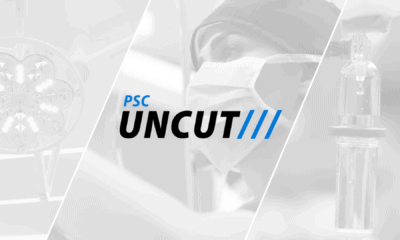Men and women are trying to develop their calf muscles, but oftentimes they do not achieve the results they want by working out alone. One solution to this challenge is calf augmentation, a procedure that increases the size and shape of the calves with an artificial implant.
Men and women both seek calf augmentation, whether to balance the size of the upper and lower legs, improve the bulkiness of the calf muscles, or to correct the appearance of the legs left imbalanced by a physical ailment or birth defects such as spina bifida, bowleggedness, or clubfoot. Calf augmentation is a relatively new procedure, but is growing quickly, with over 1,500 procedures performed each year.
Calf Implants
Calf augmentation is a surgical process that generally uses solid silicone implants that are soft to the touch. The implant is highly customizable; in fact, the cosmetic surgeon can make a wax mold of each calf and have implants designed and constructed based on the molds.
Calf Augmentation Surgery
Calf augmentation is performed on an outpatient basis. The procedure is done under local or general anesthesia and normally takes 1-2 hours to perform. During the operation, the surgeon makes a 3-inch (more or less) incision along the natural crease behind the knee; for this reason, the patient needs to lie on his stomach. From the incision, the surgeon creates a pocket by means of tissue dissection, and then inserts the implant inside the pocket. The procedure is then repeated on the other leg. The doctor will examine both legs to ensure they are symmetrical and natural looking.
Recovery and Risks
Post-surgical recovery period differs among individuals. It could be as short as a week or as long as 3 weeks or more. Patients will experience temporary pain, bruising, and swelling. Other than possible bleeding and infection, the most common side effect is shifting of the implants, which can leave the calves looking unnatural and asymmetrical, in which case corrective surgery may be required.
Patients must understand that calf augmentation surgery is designed for enhancement of one’s legs, not perfection, and should have realistic goals. If a patient is uncertain about implants, fat grafting may be used as an alternative, wherein fat is taken from other parts of the body and injected into the calves. It is important to discuss the benefits as well as the risks of a calf augmentation.












Facebook
Twitter
Instagram
YouTube
RSS